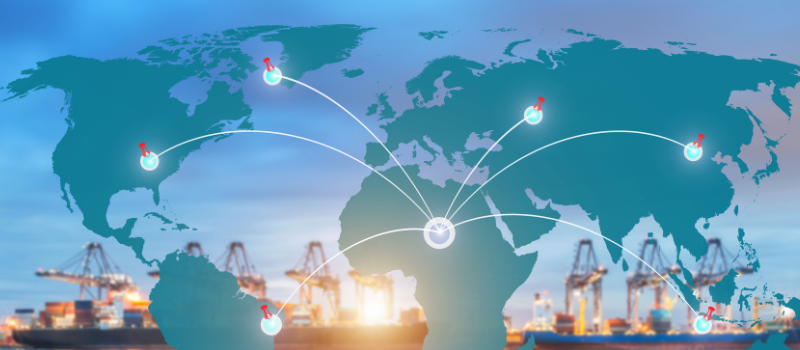
In the world of supply chain management, logistics plays a crucial role in efficiently moving products from manufacturers to end consumers. However, what happens when products need to be returned? Reversed logistics is the process of managing the flow of goods from the point of consumption back to the point of origin.
In this article, we will explore this concept and highlight its importance in modern business operations.
Understanding Reversed Logistics:
It refers to the management of the reverse flow of products, materials, and information. It involves activities such as product returns, repairs, recycling, refurbishment, and disposal. While traditional logistics focuses on moving products forward, reversed logistics deals with handling products in the opposite direction.
The Importance of Reversed Logistics:
Reversed logistics is not just a reactive solution to product returns; it is an essential component of an efficient and sustainable supply chain. Here are some key reasons why it is important:
- Customer Satisfaction: An efficient reversed logistics process ensures that customers have a hassle-free experience when returning products. By streamlining the return process and providing prompt refunds or replacements, companies can enhance customer satisfaction and loyalty.
- Cost Reduction: Implementing effective strategies can help companies minimize costs associated with product returns and repairs. By optimizing the handling, sorting, and disposition of returned goods, businesses can recover value from returned products and reduce losses.
- Sustainability: Promotes sustainability by facilitating recycling and reducing waste. By implementing environmentally friendly practices such as refurbishing or recycling returned products, companies can minimize their environmental impact and contribute to a circular economy.
- Inventory Management: Plays a vital role in managing inventory levels. By understanding the reasons for product returns, companies can identify potential quality issues, improve product design, and optimize inventory planning to minimize returns in the future.
Key Components of Reversed Logistics:
To effectively manage reversed logistics, several key components must be considered:
- Product Returns: Efficient handling of returned products, including verification, sorting, and processing, is crucial. Companies need to establish clear return policies, provide return labels, and streamline the return authorization process.
- Repair and Refurbishment: Products that can be repaired or refurbished should undergo appropriate processes to bring them back to a sellable condition. This can involve diagnostic testing, component replacement, or cosmetic enhancements.
- Recycling and Disposal: For products that cannot be repaired or resold, proper recycling and disposal methods must be employed. Companies should comply with environmental regulations and work with certified recycling partners to responsibly manage waste.
- Data and Analytics: Gathering and analyzing data related to reversed logistics can provide valuable insights into customer behavior, product quality, and supply chain inefficiencies. This information can help identify trends, improve processes, and make informed decisions.
Conclusion:
Reversed logistics is an integral part of modern supply chain management, enabling companies to effectively handle product returns, reduce costs, improve customer satisfaction, and promote sustainability. By implementing streamlined processes for product returns, repairs, recycling, and disposal, businesses can unlock the hidden value in reverse flows and create a more efficient and sustainable supply chain ecosystem. It is not only beneficial to the bottom line but also aligns with the growing importance of environmental responsibility in today’s business landscape.
At Exelixis Ho.Re.Ca we provide Reversed Logistics services. Contact us here!






